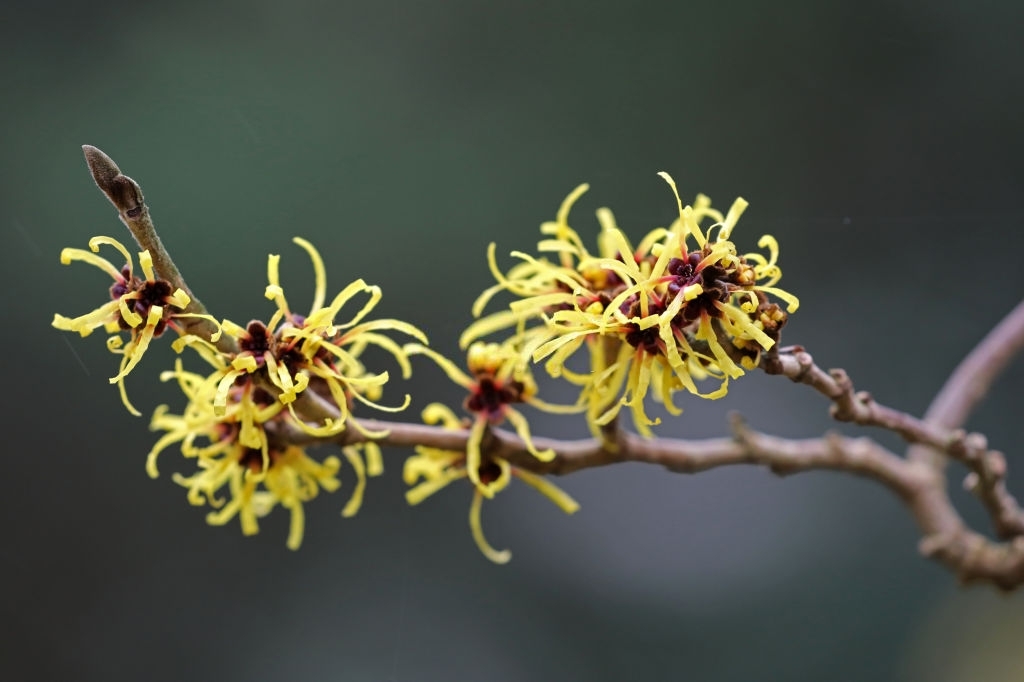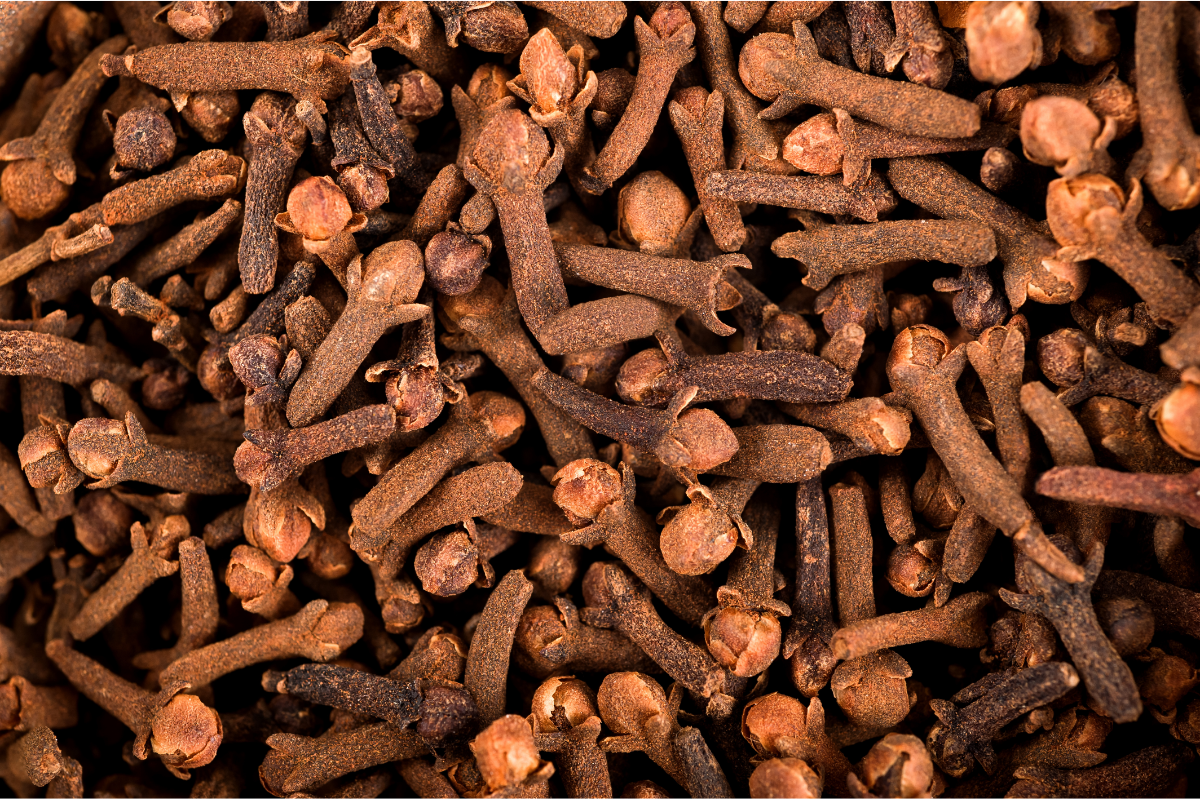Harpagophytum, the claw of the Devil of healers
Harpago , which means grapple or harpoon in Latin, and from the Greek phuton , which is translated by plant, vegetable , gives its name to harpagophytum because its fruits are provided with hooks curved in the shape of grapples; they cling to the fur and hooves of animals which frantically struggle in all directions to get rid of them, hence its other name of “Devil’s Claw” . A little … Read more












